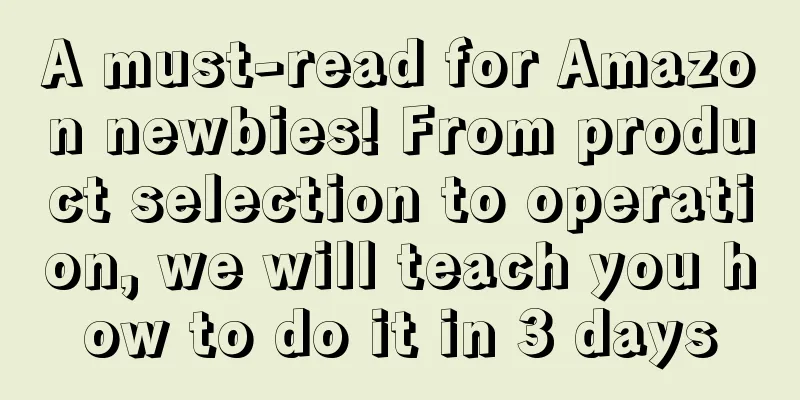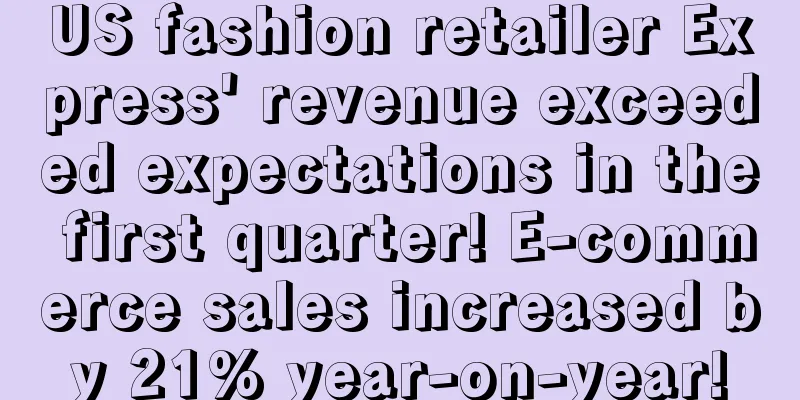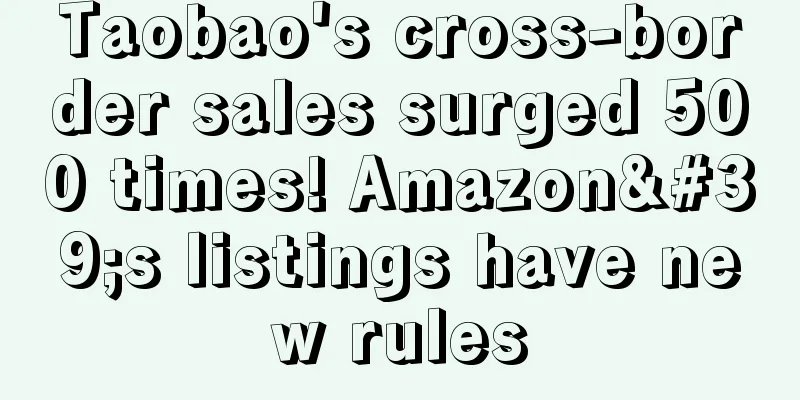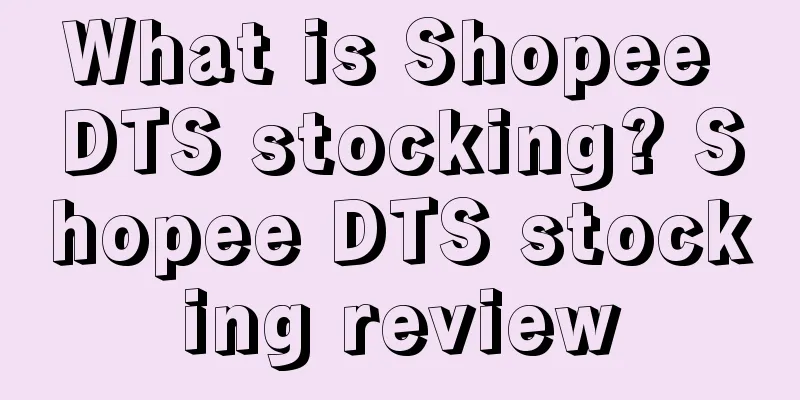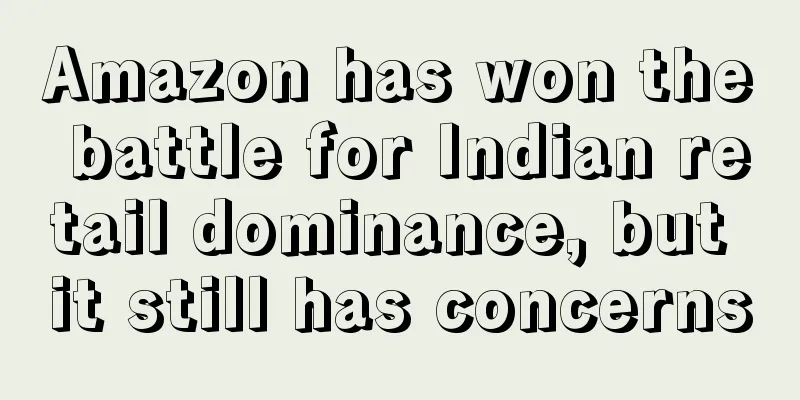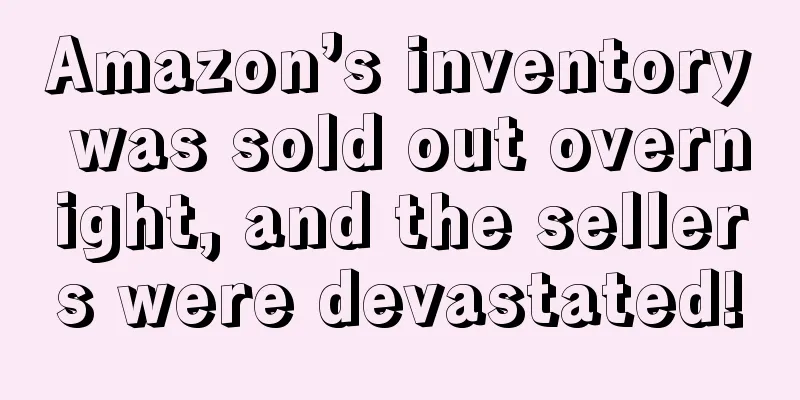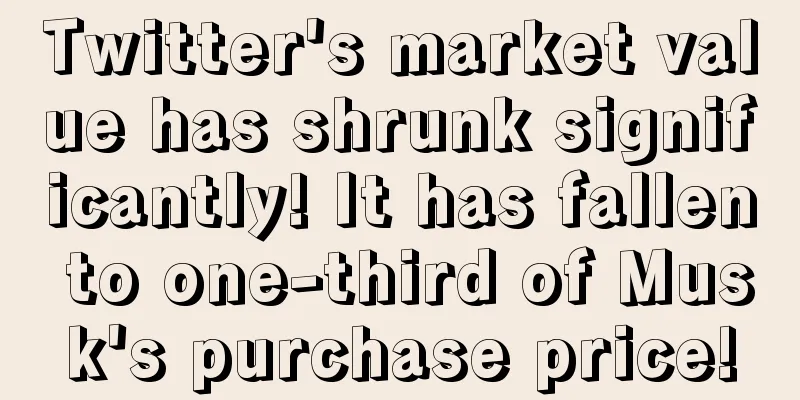|
I believe that many novice sellers have such doubts: after carefully selecting products that they thought would be very profitable, they found that there were many listings sold at a low price after putting them on the shelves for sale . Although the products they are creating can be sold steadily every day, they can never break through the sales volume and cannot be ranked at the top. Why do you think a product is good when you are selecting it, but its competitiveness is abnormally high after it is put on the shelves? In fact, it is very simple. When selecting products, merchants generally tend to be correct in their own cognition and take it for granted that this product is feasible . However, after the selected product enters the operation and development, you will see a lot of product information that you have never noticed. Don't be nervous at this time. After all, this is normal. The large number of sellers also directly proves that the market for this product is good. If this happens, you need to work hard to learn operational knowledge and build products. Stand out from the competition and strive to get to the top. Regarding the second question, if you want to truly achieve stable profitability of your products, you must ensure that your order quantity can steadily increase sales and your BSR ranking continues to improve. When your listing can stand firm at the top, the profit and sales are very good. However, if you have a certain amount of orders but stop there, how can you solve this problem ? If the sales volume of a product is relatively stable, you can try to observe the sales volume and raise the price slightly. If sales are not affected after the price increase, continue to raise prices until sales are affected and then make a big price cut. By adjusting prices in this way, you can improve your ranking. On the contrary, if sales volume decreases when you increase the price slightly, it means that the price has entered a sensitive price range. You can try to directly reduce the price to increase sales. Advertising is the first stage of creating a product, which can bring traffic and orders. If sales volume does not increase, you should also consider advertising factors. If your ads are frequently viewed, you can try to increase the budget a little or adopt time-slot bidding to make the ads truly work for buyers. However, at the same time, you must control the balance between product prices and advertising. If sales are stagnant, you can also analyze the situation of your competitors. No matter what product you sell, you need to analyze your competitors. You can choose several rival merchants, compare their listings, find out the gaps and optimize them to make up for your own shortcomings. 1> Analyze the market and find pain points: Analyze the positive reviews of hot-selling items to find customer needs; analyze the negative reviews of hot-selling items to find product pain points; conduct in-depth research and communication to confirm optimization plans. 2> Improve products and seize opportunities: work with suppliers to research product improvements; look for products that address pain points; rush into the market first and promote new selling points. 3> High cost-effectiveness and in line with trends: Improvements on pain points will not significantly increase costs; in line with future product development trends; leading the industry.Before creating a hit product, what is more important is to choose what to do? What kind of product should you choose to make? Concepts are very important. With the right concepts and the right ideas, the operation technology will become very smooth and good. The three key points of a hit product are traffic, herd mentality (Matthew effect), and product quality. Good quality is not determined by quality inspection, but by the quality management system. If the supplier does not have a good product system, then the quality of the product must be poor. Therefore, it is very important to conduct research on the supplier's management system.
|
